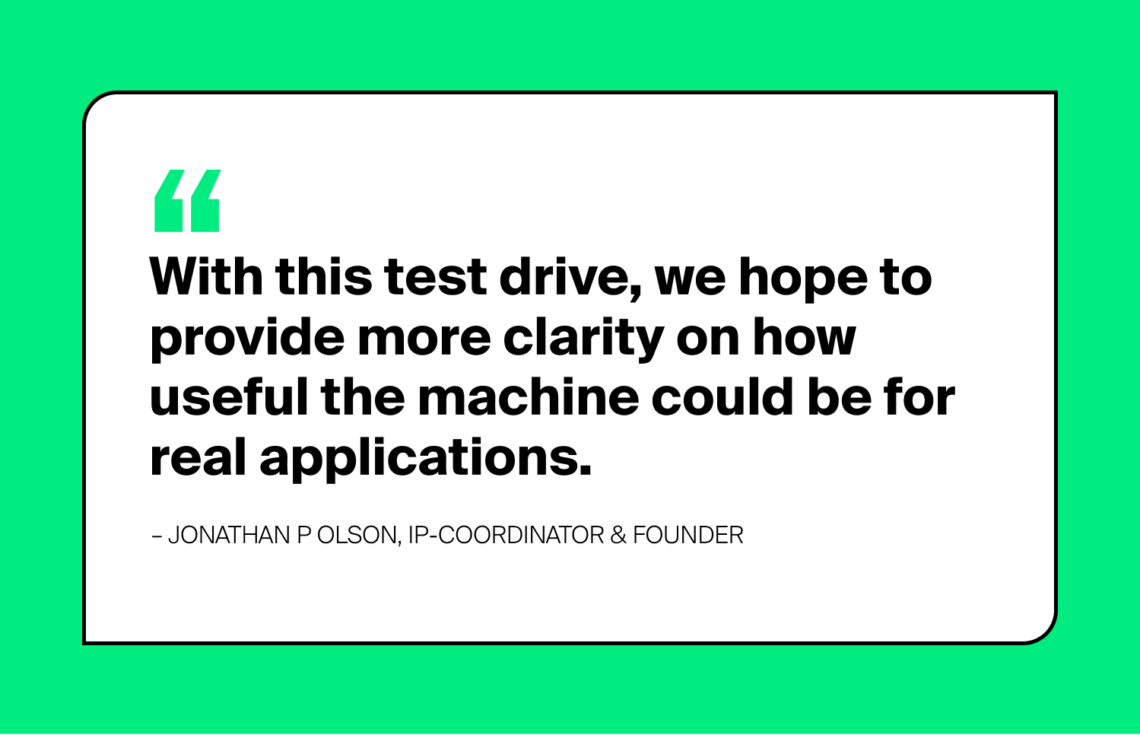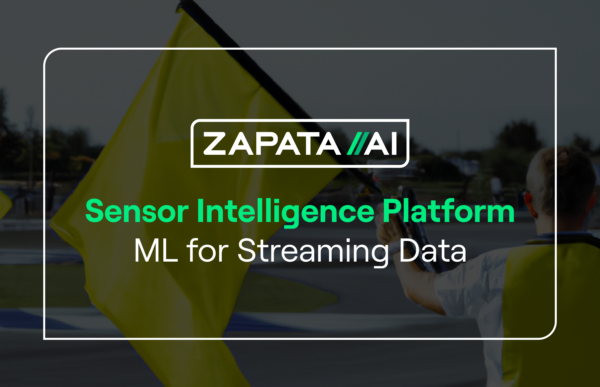A potential test drive for Google’s Quantum Sycamore chip

A potential test drive for Google’s Quantum Sycamore chip

In our most recent paper, Zapata developed a test drive for quantum chemistry designed specifically to run on Google’s Sycamore chip. This test drive builds on Google’s hardware milestone to provide more clarity on how useful the machine could be for real applications. We composed and conducted this simulation on Orquestra®, the platform we built to run quantum workflows at scale. We will continue working with customers and collaborators to apply this work to real-world applications in chemistry and beyond.
—
Imagine: You are at a car dealership and think you might have found the car of your dreams. But like any rational buyer, you are skeptical and want to make sure the car is right for you.
You inquire of the salesman, “I commute to work 15 miles every day and sometimes drive to the mountains to go skiing. Would this car work well for that?”
The salesman replies, “It has a 3.0L V6 engine with 200 foot-pounds of torque.”
“Umm—what?” You know something about car engines, but that’s not what you asked for. “How about fuel economy?”
“It runs quite a long time in our parking lot,” the salesman responds. “And it has a top speed of 200mph. Isn’t that great?”
“Tell you what, can I just test drive it?”
“Ah, I thought you’d never ask! Just please don’t turn on the engine. You will be very impressed by our air conditioning.”
This frustrating scenario is a bit like trying to get the bottom of how good a quantum computer is for a particular application. You might be given some numbers, like how many qubits or what the gate fidelities are. Those numbers are helpful for telling you something about the machine, but it doesn’t allow you to get a full picture of what the machine can really do. Those numbers also don’t say much when it comes to comparing two quantum computers.
Here’s a real example of this quandary: Last year, Google announced an experiment that achieved what scientists call “quantum computational supremacy”. They showed that their 53-qubit Sycamore processor could beat out the best classical supercomputer in a special kind of drag race where the conditions favor the quantum computer. Meanwhile, just days ago, Honeywell announced they will release a computer with a quantum volume of 64, which they claim will be “the world’s most powerful quantum computer”— yet stands no chance of winning in a competition against a supercomputer. How do you make any sense of this?
The short answer is that most of the measures that the quantum computing community has been using describe specific aspects of the hardware. While these measures certainly do tell some kind of a story about the machine, it isn’t easy to see how those measures relate to real tasks for which we want to use a quantum computer.
Both Honeywell’s and Google’s machines are exemplars of engineering excellence. Honeywell’s machine offers best-in-class flexibility and low error rates, described by having a large “quantum volume” measure. Google’s machine shows further maturity in scaling by having just over 50 qubits that are good enough to pass the “quantum computational supremacy” measure. But neither measure tells us how well this excellent engineering will solve the problems that quantum computers are supposed to be good at solving. What we need is a real test drive.
In our most recent paper, Zapata has developed such a test drive for quantum chemistry—heralded as likely to be one of the first use cases for a quantum computer. The test is general enough to be applied to any quantum computer, but our team has worked out the explicit details for the test on Google’s Sycamore chip. With this test drive, we hope to provide more clarity on how useful the machine could be for real applications, or if it is really just built to win a drag race.
Why are we working on benchmarks like these? If Zapata were a car dealership, then we want our customers to be able to take this test drive and know what kind of car they are buying and what it can do. Furthermore, we would want our car manufacturing partners to better understand what the needs of the customers are and how they can meet those needs.
At Zapata, we are committed to building software that performs at the forefront of the quantum revolution. Here’s what that means for how we work:
As the rate of breakthroughs in quantum accelerates, we will continue to build on this research—and on the milestones of our hardware collaborators—to apply it with our customers.
We will be hosting several videoconferences to go deeper on our methods, what we learned, and how we used our platform, Orquestra, to scale the experiment. For anyone interested in learning more, please reach out to us.


